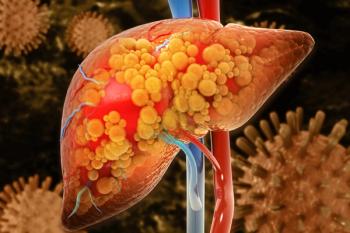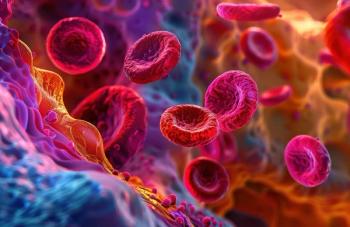
Expensive Oral Agents Responsible for Cost Shifting in Cancer
Oral anticancer agents are being launched at significantly higher prices compared with a decade ago, which can prove a barrier to patient access, according to a new analysis published in JAMA Oncology.
Oral anticancer agents are being launched at significantly higher prices compared with a decade ago, which can prove a barrier to patient access despite the ease of using them, according to a new analysis published in JAMA Oncology.
Claims data on orally-administered outpatient prescription drugs, from TruvenHealth MarketScan, was gathered between January 1, 2000, and December 31, 2014. Claims for less than $0 or more than $250,000 were excluded from the analysis. A total of 483,587 claims, for a single month of therapy, were included. The claims amount was estimated from the mean per-fill payments to the pharmacy for a single month of supply per product.
The study found that while oral drugs approved in 2000 cost about $1869 per month, those approved in 2014 cost an average of $11,325. There’s also been a steady rise in the price of older drugs over time. Imatinib (Gleevec) has seen an average annual increase in price of about 7.5%. Between 2001 and 2014, the price of Gleevec rose from $3346 per month to $8479 per month. This, in addition to the price variation across nations, just adds to the woes. While Gleevec costs about $106,322 per year in the United States, the generic version of the drug, available in Brazil, costs 18 times less ($8000).
“The major trend here is that these products are just getting more expensive over time,” according to study author Stacie Dusetzina, PhD, assistant professor, University of North Carolina Eshelman School of Pharmacy and Gillings School of Global Public Health.
While commercial plans have usually provided generous coverage for oral anticancer agents, the growing prices of these specialty agents has resulted in a cost-shift toward the patient, with rising deductibles and co-insurance payments.
An important limitation of the data set used in the study is the absence of Medicare and Medicaid data. Additionally, products dispensed and reimbursed by commercial health plans alone were included, which leaves out infrequently used or newly approved agents.
Reference
Dusetzina SB. Drug pricing trends for orally administered anticancer medications reimbursed by commercial health plans, 2000-2014 [published online April 28, 2016]. JAMA Oncol. doi:10.1001/jamaoncol.2016.0648.
Newsletter
Stay ahead of policy, cost, and value—subscribe to AJMC for expert insights at the intersection of clinical care and health economics.












































